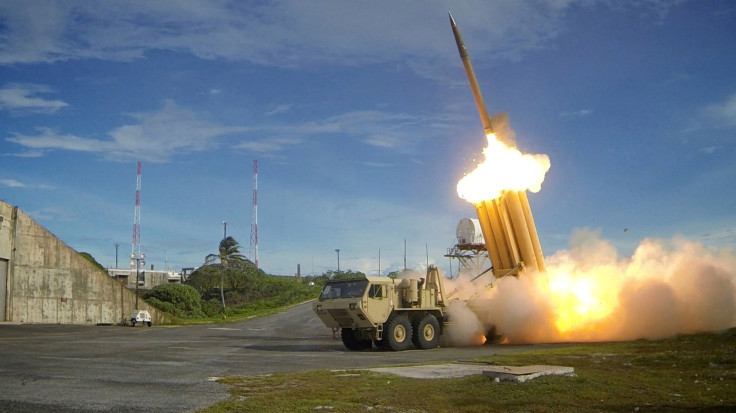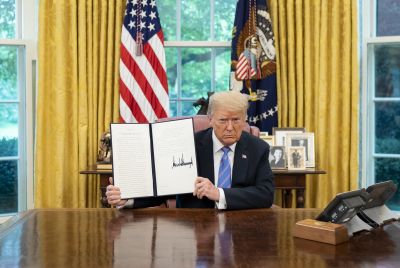US defence chief lands in South Korea kick-starting his first overseas trip
Pentagon chief James Mattis set to discuss Thaad deployment with top South Korean lawmakers.

The US Defence Secretary James Mattis arrived in Seoul on Thursday, 2 February, kick-starting his first overseas trip since he took charge as the Pentagon chief in the Trump administration.
Washington's proposed deployment of the sophisticated defence missile system, Terminal High Altitude Area Defence (Thaad), in the Korean peninsula is likely to dominate the talks between the two countries.
Mattis is on the first leg of his Asia tour, which will later take him to Japan, another of US's closest allies. His visit takes place at a time when the increasingly US-focused cabinet seeks to reassure Washington's commitment in the volatile region.
"I will talk to them about Thaad absolutely," Mattis told reporters prior to arriving in South Korea. The US's plans to position Thaad radar system in the Korean peninsula has sharply angered Beijing, which is backed by Russia as well.
Besides holding talks with his South Korean counterpart, Han Min-koo, the former Marine General will also meet the host nation's prime minister and acting President Hwang Kyo-ahn later in the day.
Pentagon said Mattis' trip would "underscore the commitment of the United States to our enduring alliances with Japan and the Republic of Korea, and further strengthen US-Japan-Republic of Korea security cooperation." Jointly, the American allies host about 80,000 US troops.
Both Japan and South Korea face mounting threats from North Korea, which is set to carry out either a nuclear detonation or a missile test in the foreseeable future. Such a provocative act, a sharp violation of UN regulations, would prove to be a litmus test for the refurbished White House.
Though the Trump administration had earlier hinted the US's allies should pay more for the security cover provided by Washington, President Donald Trump has scaled down his demands since entering the White House.
© Copyright IBTimes 2025. All rights reserved.






















